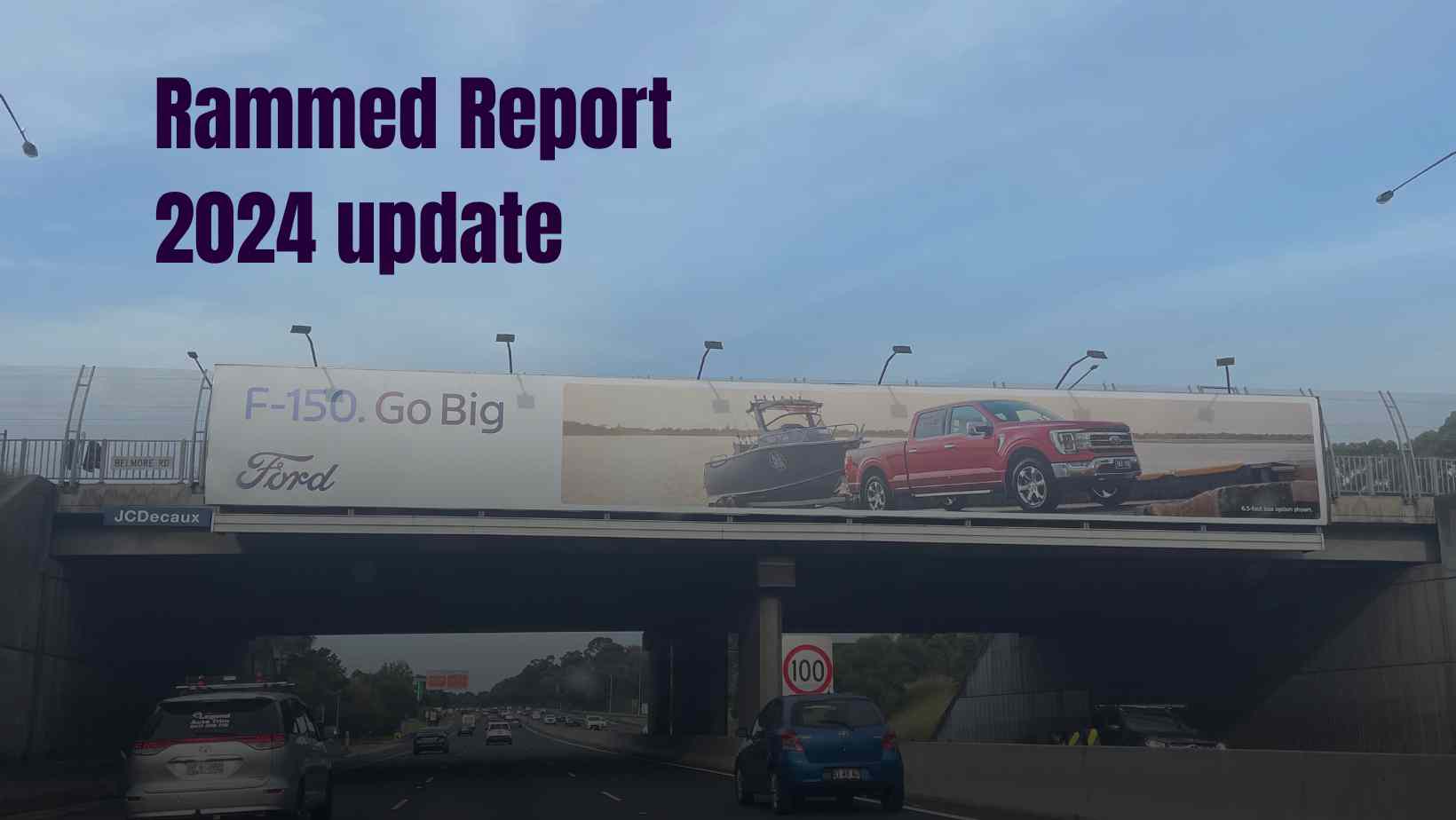Motorists deserve fuel efficiency data on car advertisements to save money and reduce pollution.
The advertising of gas-guzzling SUVs jumped 29% from 2022 to 2023, while the federal government consulted on the new fuel efficiency standards.
An analysis of Standard Media Index data by climate communications advocacy group, Comms Declare, reveals that car importers are undermining government attempts to reduce emissions by heavily marketing the most polluting, profitable vehicles.
Belinda Noble, Comms Declare founder said: “Car importers are pushing sales of ever-larger gas guzzlers while motorists are being kept in the dark about the running costs.
“To ensure the new fuel efficiency laws help people save money on petrol and stop greenwashing, car importers must be forced to show whether cars meet the NEVS requirement up front, on their ads and websites.”
Dr Chris Jones, President of the Australian Electric Vehicle Association, says “It’s absolutely essential when you’re advertising a car that you disclose the emissions up front. Just like cigarette advertising, people should be aware that they’re buying a potentially dangerous product – dangerous for the planet and dangerous for pedestrians.”
- Money spent on advertising SUVs increased 59% since 2010, coinciding with a 188% increase in sales (22.7% of the market in 2010 compared to 56% in 2023).
- Money spent on Light Commercial Vehicle advertising jumped a whopping 342% over the same period.
- Passenger car advertising was decimated (down 92%), with sales also plunging 64% (57% to 17% of the market).
- While advertising of low emissions vehicles (EVs, hybrids and micro cars) fell 38% since 2010… despite EV ads increasing over the past years.
Comms Declare says NEVS data is needed on car ads, especially online. “Around 95% of car buyers do their research online but car ads and importer websites do not have to disclose any fuel efficiency information, like they do in countries such as France and Denmark,” added Noble
Passenger cars and light commercial vehicles contribute 60% of Australia’s transport emissions and over 10% of Australia’s total emissions.
The IPCC and the IEA have both found decreasing demand for high emissions products is an important part of any plan for net zero, along with tax, law and infrastructure changes.





